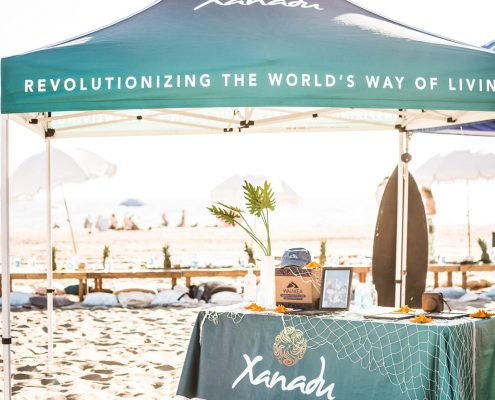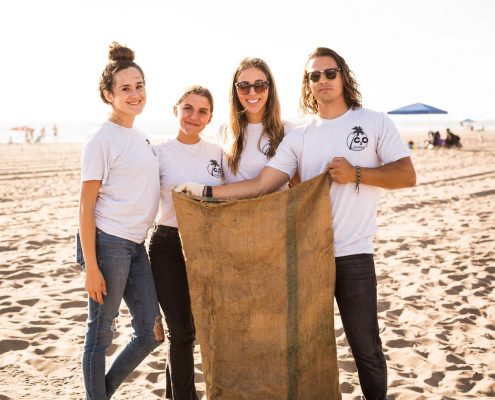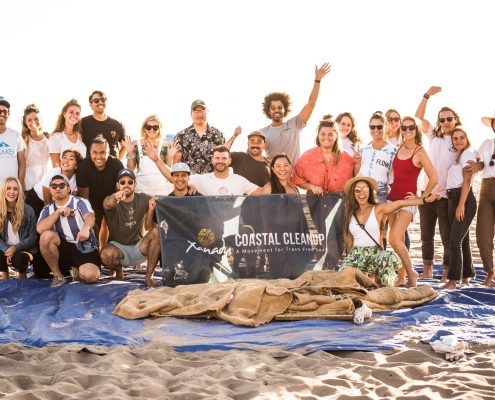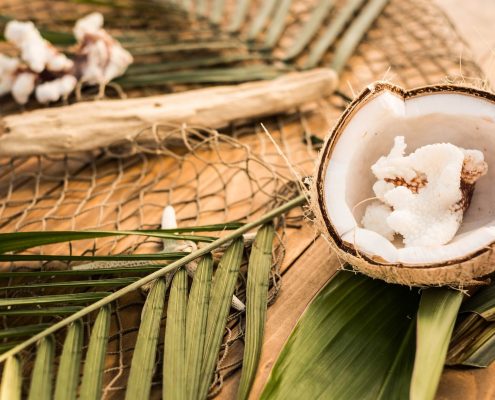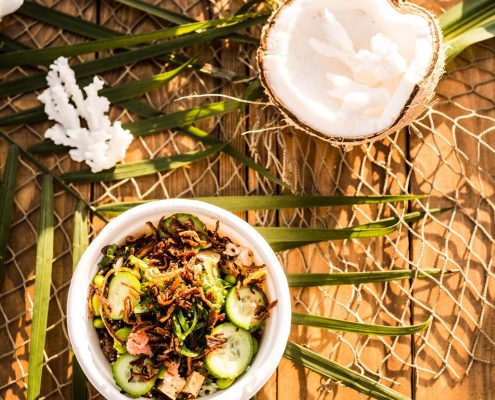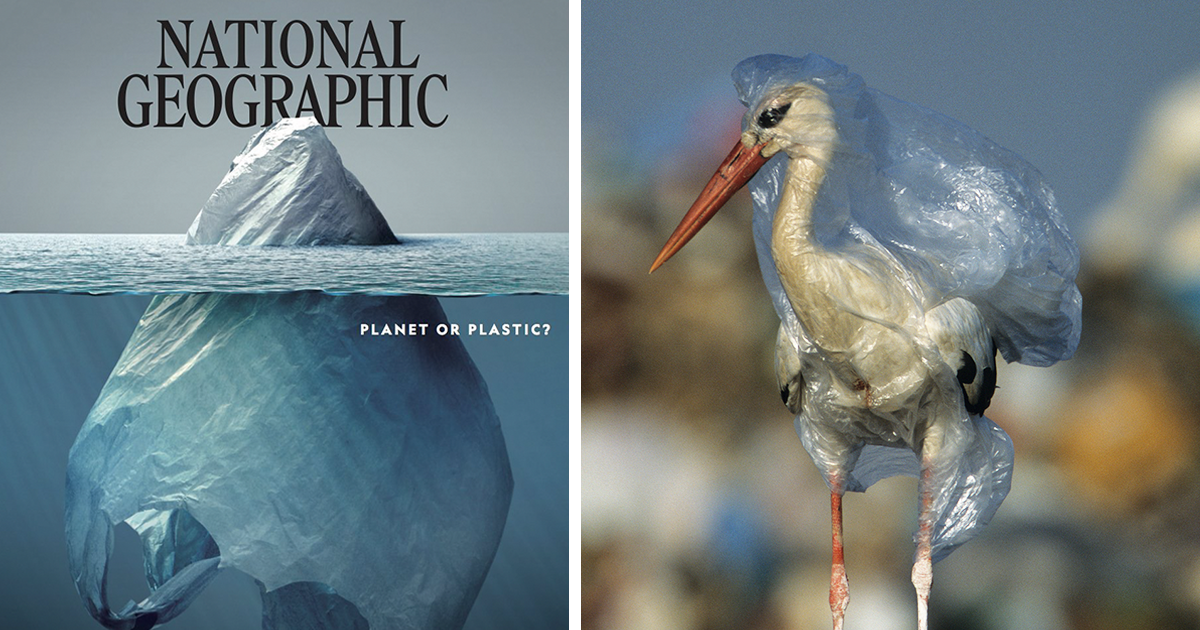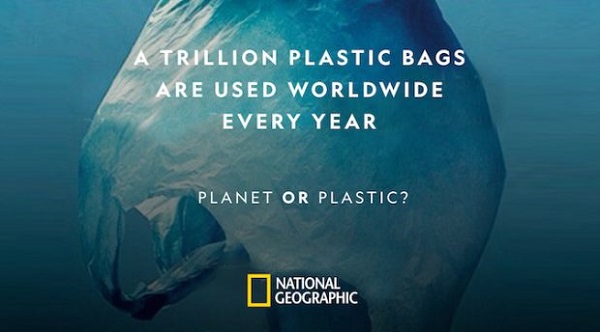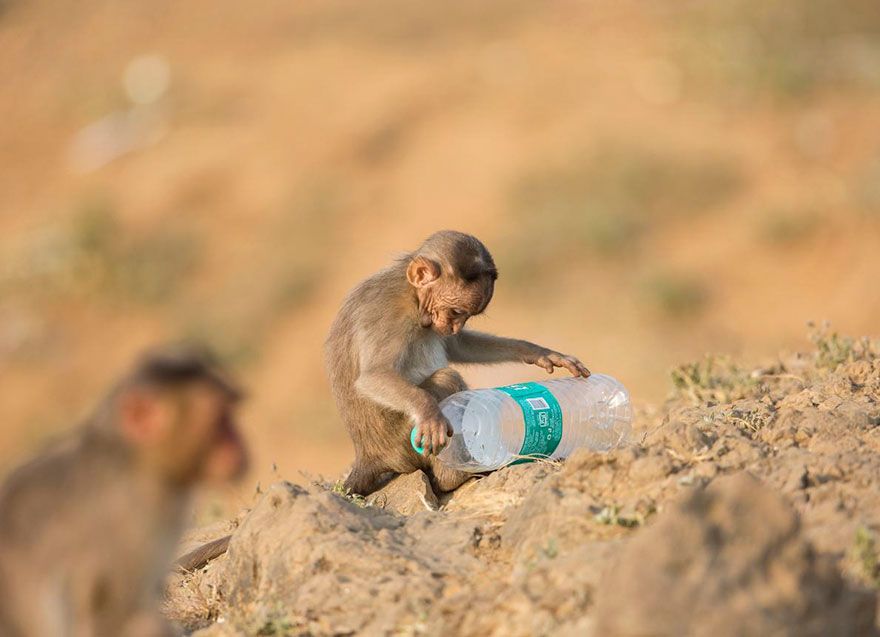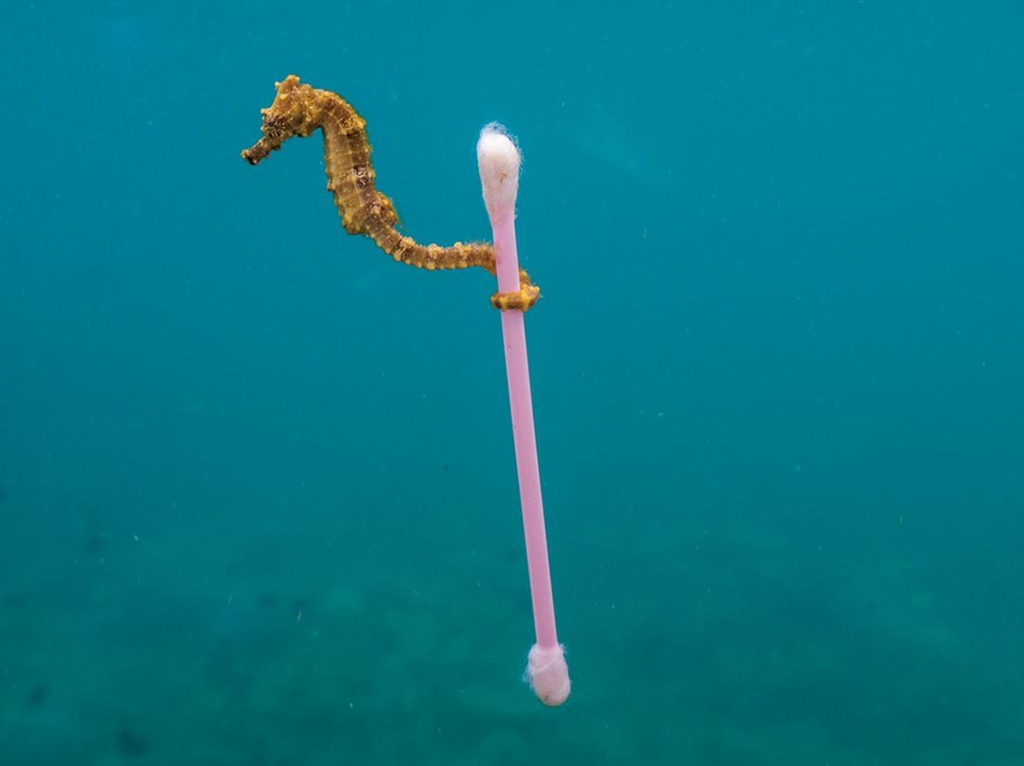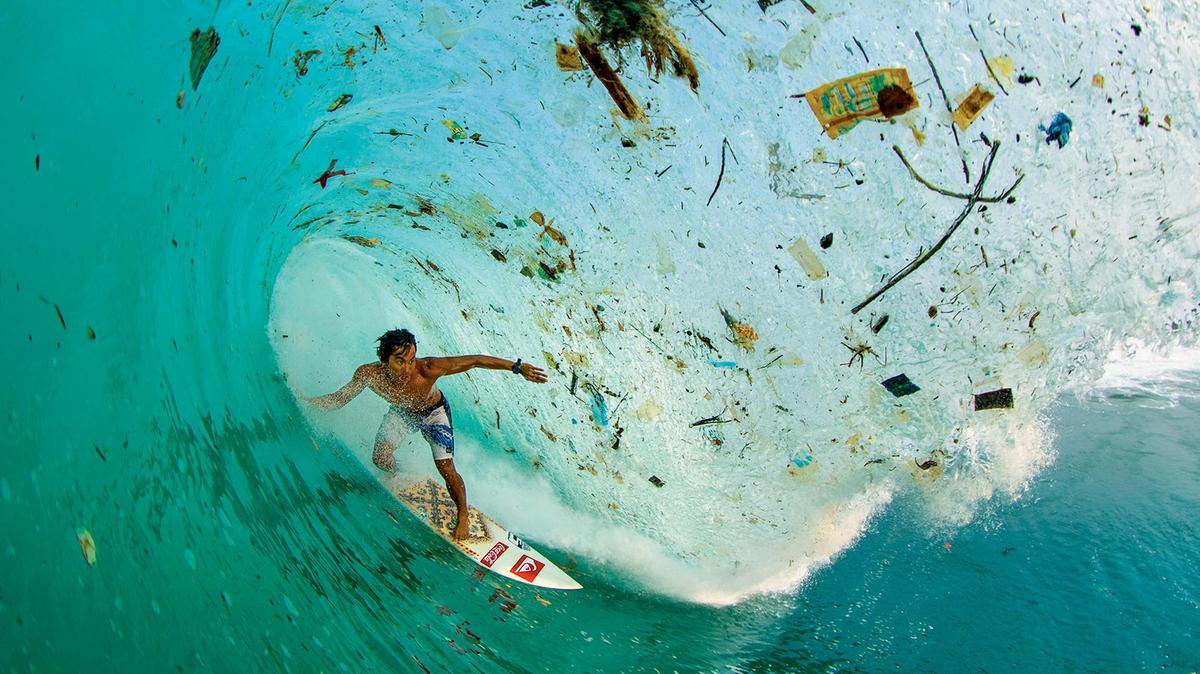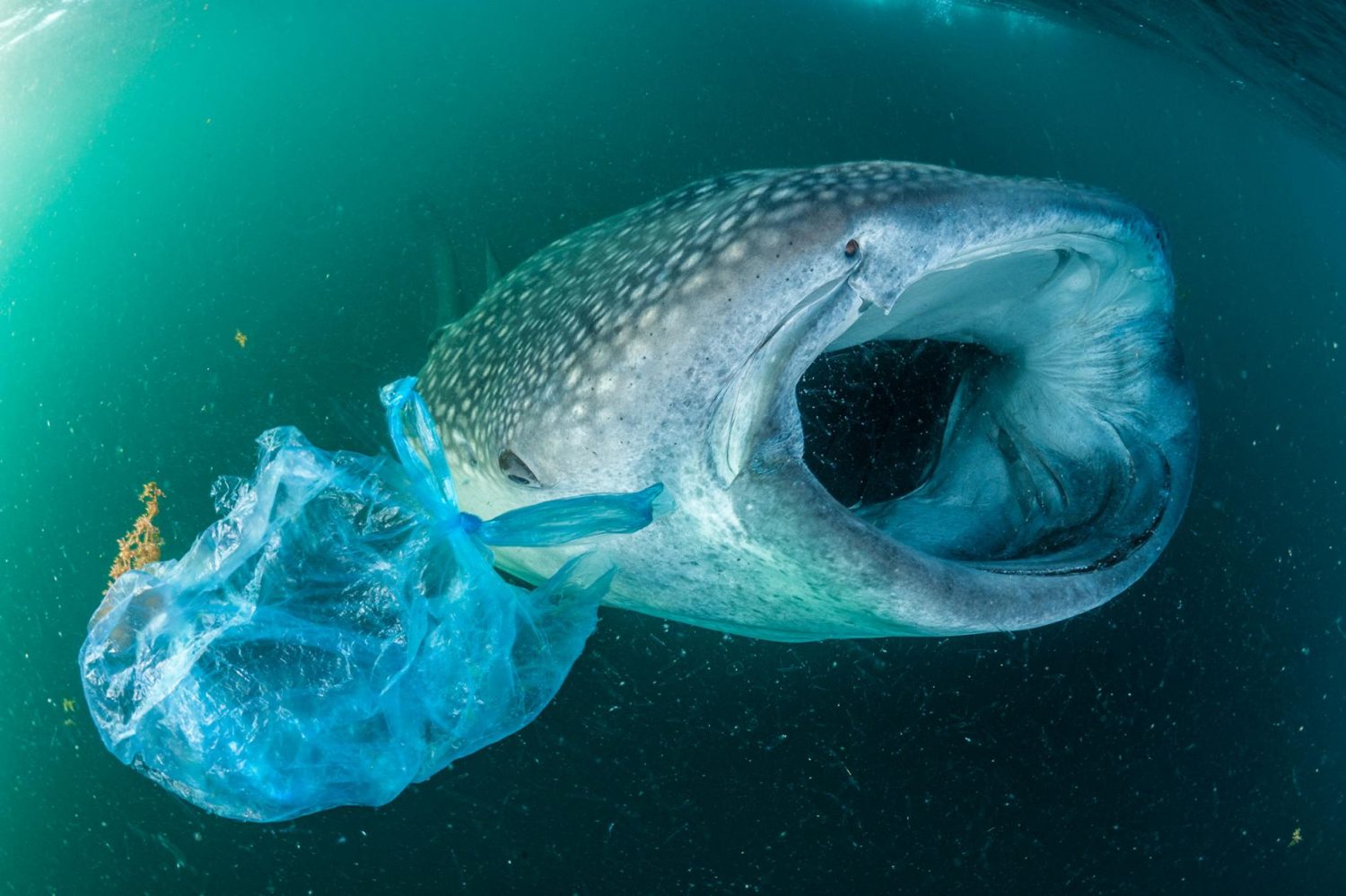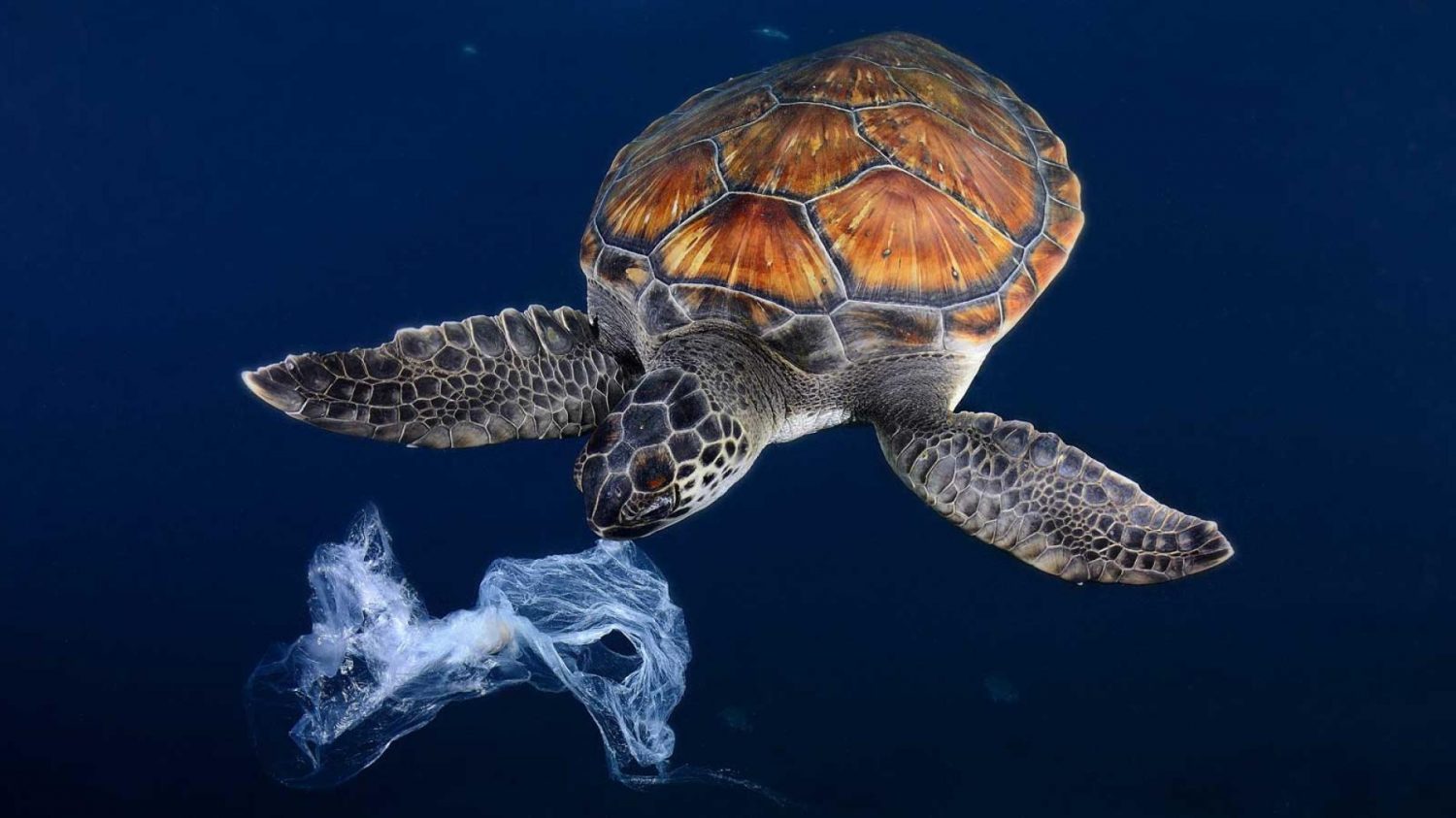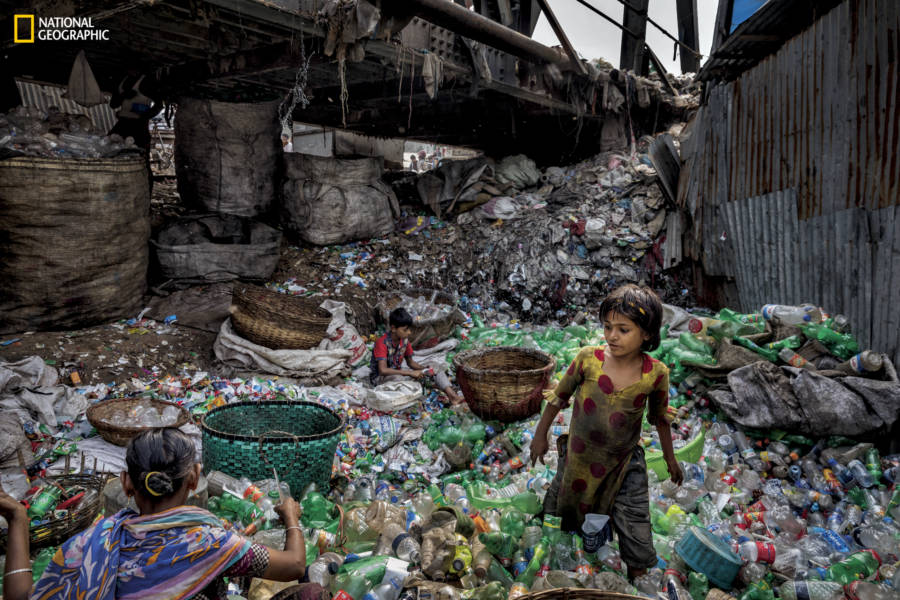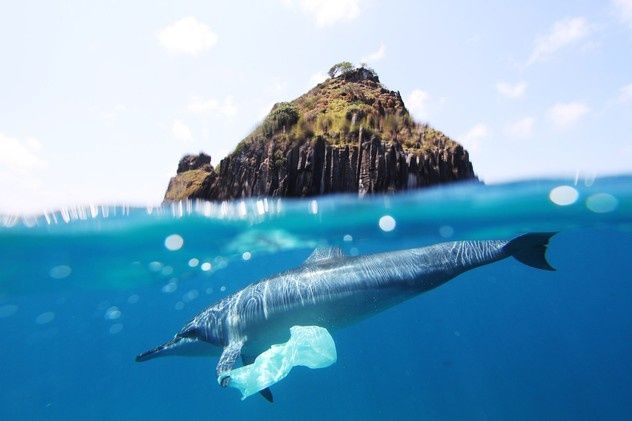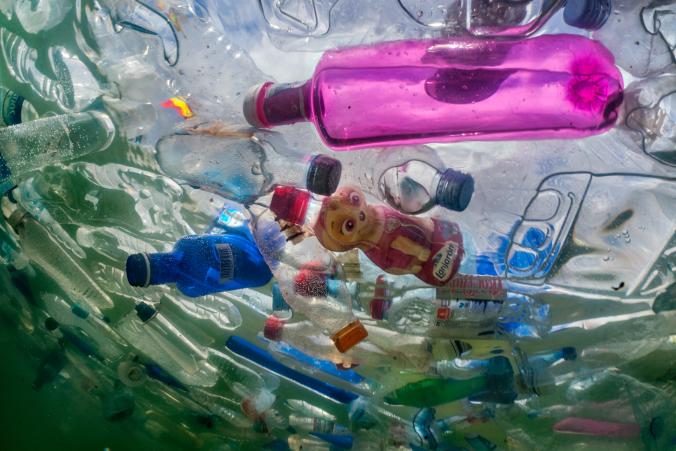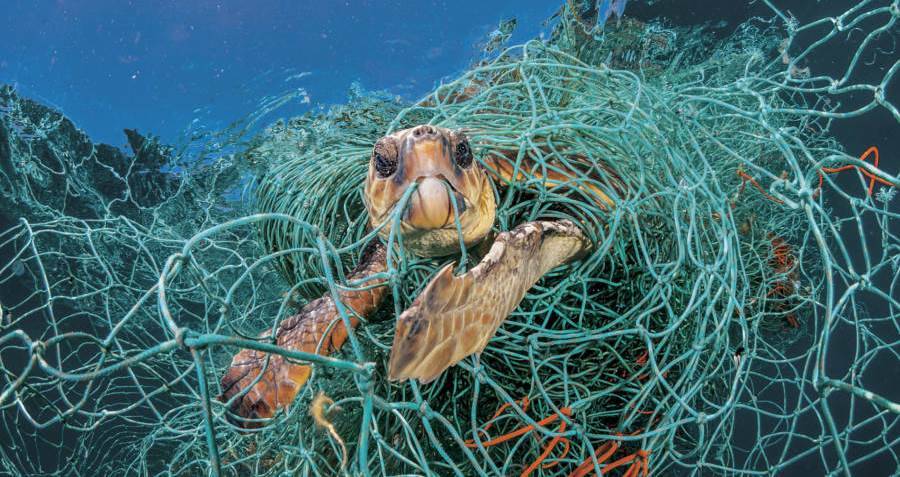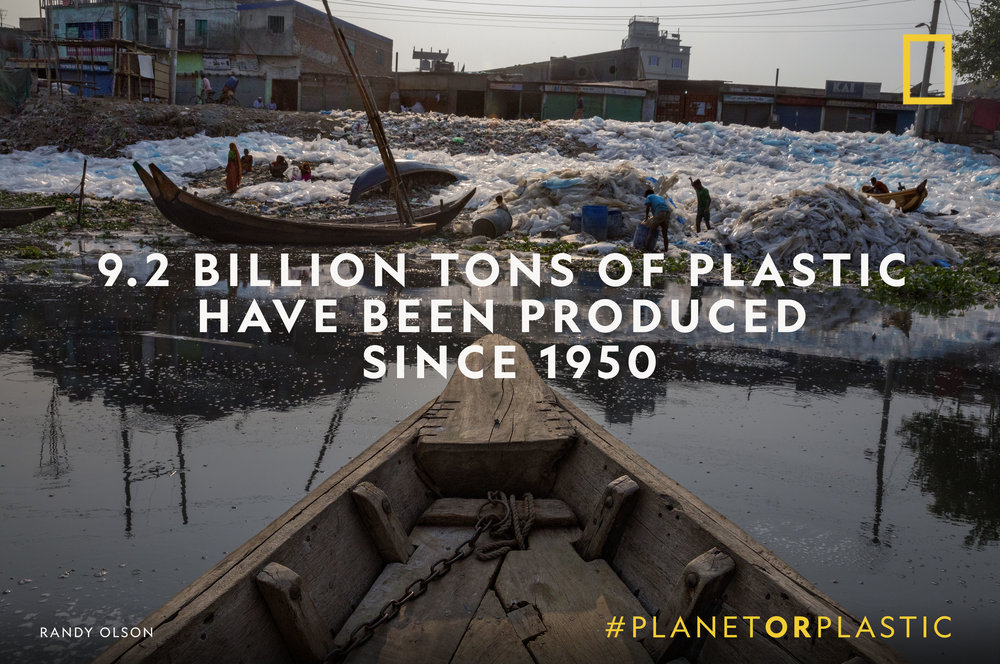Companies We Have Hosted Cleanups For
WHAT IS THE DEAL WITH PLASTIC?
“Plastic is as common to see at the beach as seashells are, but plastic litter is more than just an aesthetic disturbance; it’s a sign that humans are treating the oceans like a garbage bin. Today, the oceans and marine life are facing the threat of permanent alteration from a number of sources of pollution, and plastic is among the most significant. Plastic accounts for 60-80% of marine garbage, and in high-density areas, reaches up to 95%. In the middle of the North Pacific, plastic outweighs surface zooplankton six to one.
The average American will throw away 185 pounds of plastic each year. And plastic never truly disappears. Every piece of plastic that has ever been made still exists. Even when burned, it breaks down into microscopic, toxic particles. Plastic is not a material that our planet can digest. Like diamonds, plastic is forever.
For example, when a plastic bottle is discarded improperly, rains and waterways may sweep it into a gutter and eventually out to sea. Floating at sea, the UV radiation of the sun makes the plastic brittle. The plastic breaks up into smaller pieces from the friction of the waves. In due course, the plastic breaks down into microplastic particles, which are fragments of plastic smaller than a grain of sand or the tip of a needle. Ocean currents sweep these microplastic particles to areas called gyres, where there are high concentrations of plastic.
Almost every marine organism is contaminated by plastic, from microscopic plankton to whales, the largest mammals on earth. Marine animals that become entangled in plastic may drown or starve. Plastic garbage may resemble food for some marine species. Turtles are known to mistake plastic bags for jellyfish. Sea birds selectively ingest specific colors of plastic, mistaking them for prey. Plastic is found in the stomachs of 85% of turtle species, 43% of seabird species, and 44% of marine mammals.
Eating plastic can hinder the secretion of gastric enzyme (which is needed for digestion) and cause the animal to starve. Other problems resulting from ingesting plastic are reproductive failure, lowered steroid levels, and delayed ovulation. Ingested plastic also introduces toxic pollutants, such as DDT and PCBs, into the animals’ bodies. The higher up the food chain a species is, the higher the amount of pollutants it will have. Thus, the bloodstreams and tissues of humans have very high levels of harmful chemicals leached by plastics. These chemicals are even found in newborns and in breast milk.”
– Pangeaseed Foundation


